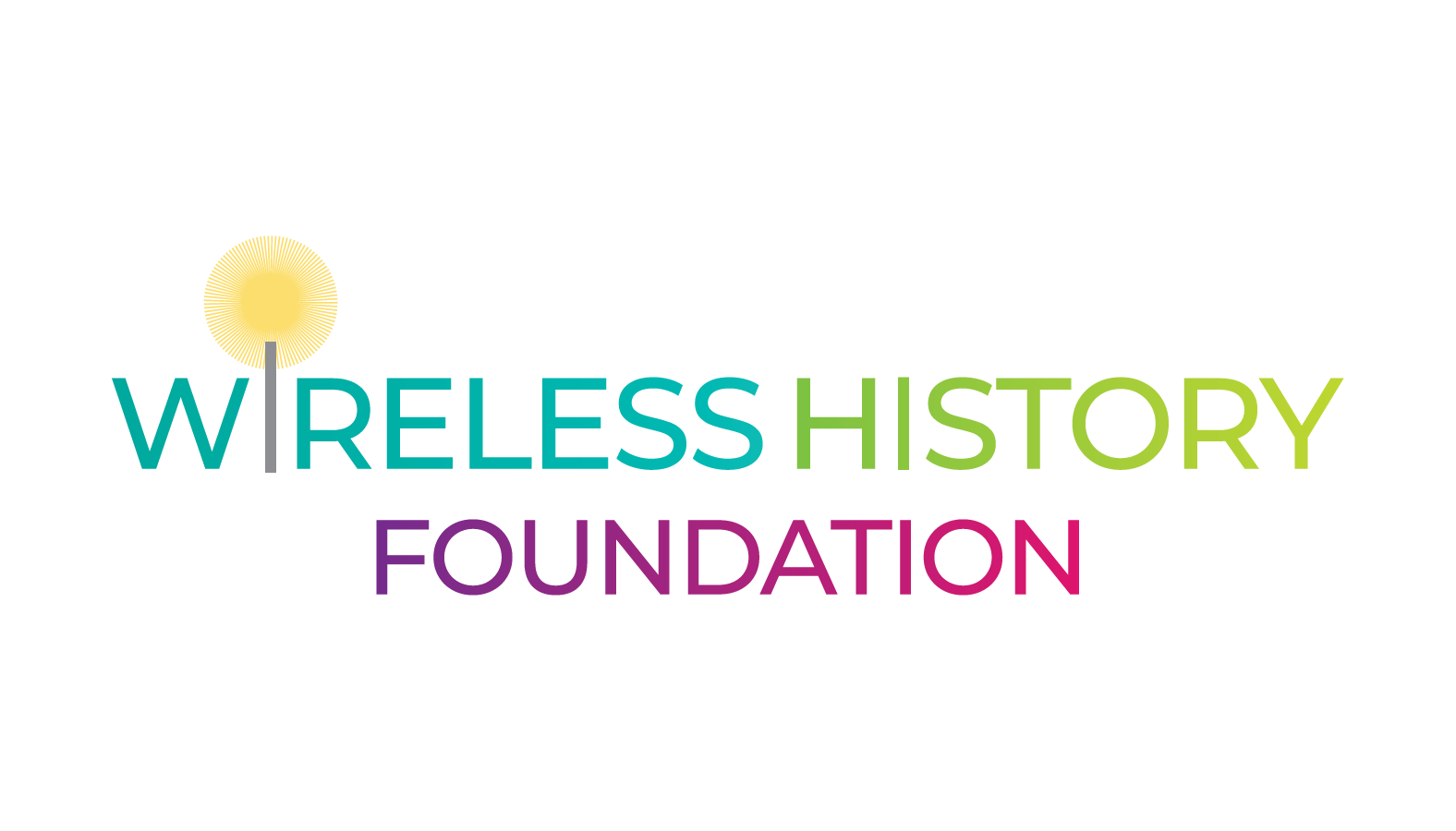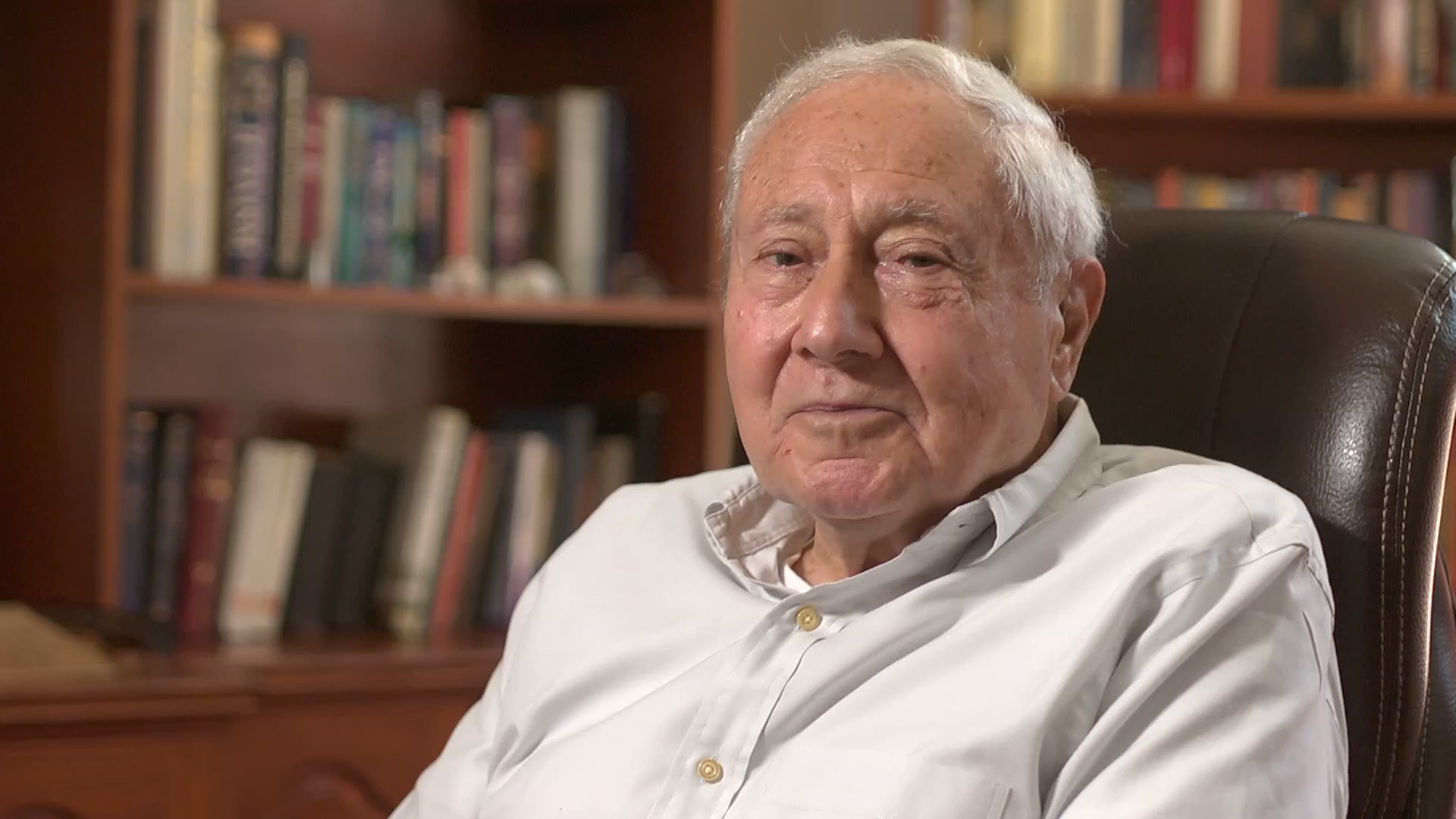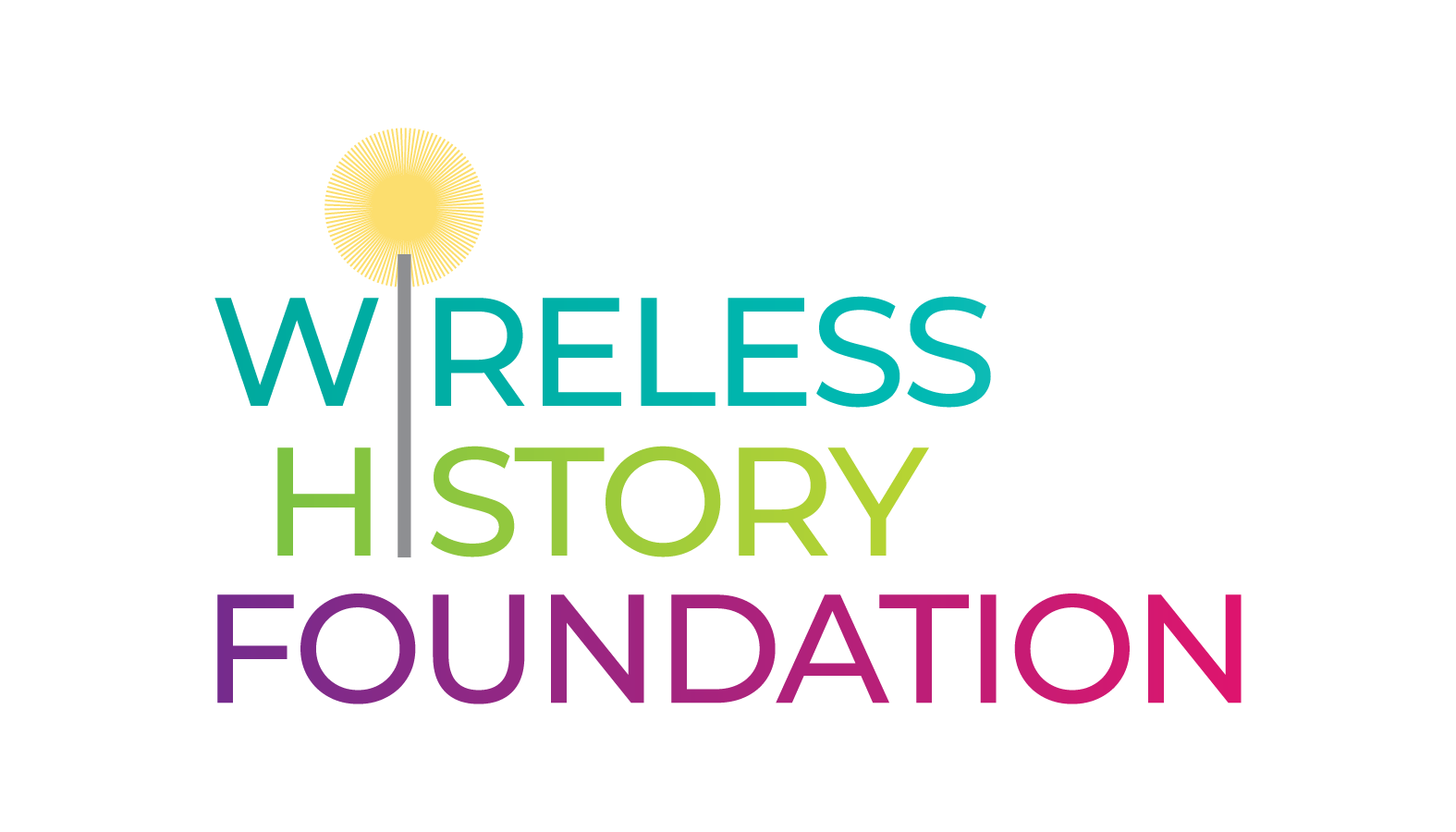Joel Engel first joined Bell Laboratories in 1959, where he was involved in the early work on digital data transmission over analog telephone channels. From the mid to late 1960’s, he worked on spacecraft guidance systems at Bellcomm, which had been formed out of Bell Labs to provide NASA’s Apollo program with technical advice. In 1967, he returned to Bell Laboratories where he investigated the system design aspects of cellular mobile radio through the early and mid-1970’s.
His significant accomplishment lies in the development of the fundamental architecture for the establishment and operation of cellular telephony. He led the studies that addressed all basic interrelated issues. All radio modulation techniques were considered, including their impact on such parameters as coverage area, locating algorithms and hand-off properties, frequency reuse, etc. Given the state of radio technology at the time, analog FM was selected and studied thoroughly.
Joel had acquired regulatory expertise in addition to his technical skills, and he was well suited to lead the AT&T team in the many discussions and document submissions to the FCC, where many alternative architectures were considered and evaluated. The standardization process took over a decade and saw many shifts in the regulatory approach. The end result was acceptance by the FCC of the system specifications provided by AT&T, which became the basis for the rule making that set system requirements for all cellular applicants and licensees to follow.
For his contributions and achievements, he has been the recipient or co-recipient of numerous awards, including the National Medal of Technology, the IEEE Alexander Graham Bell Medal, and the Charles Stark Draper Prize. In 2016, Joel, Dick Frenkiel and Philip Porter, were inducted into the Wireless Hall of Fame for their collective work and achievements at Bell Labs.


